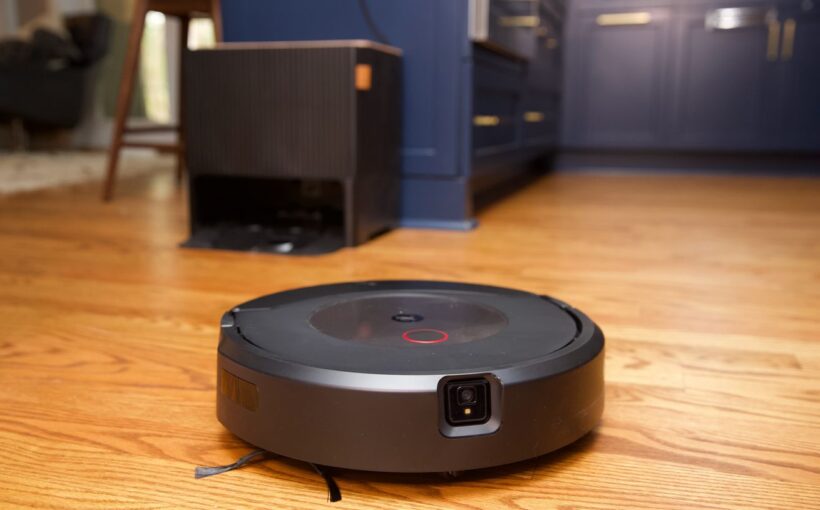An Edmonton engineering professor and part-time firefighter is measuring the efficacy of using AI-powered drones as emergency first responders.
Jeff Boisvert is a professor in the University of Alberta’s civil and environmental engineering department, whose research commonly focuses on the spatial mapping of mines — using AI and drones to map a detailed 3D image of an environment.
On top of his day job, Boisvert also spent two years as a paid-on-call firefighter for Parkland County, including fighting the 2021 wildfire near Tomahawk that raged for two months and burned an area equivalent to more than 5,500 football fields.
That experience led Boisvert to research whether the same technology used to map mines could also gather data to combat wildfires more effectively. Boisvert resigned from firefighting and refocused his drone research on developing human-controlled AI systems to improve decision making during an emergency response, making the case for a drone as first responders (DFR) program.
“As a firefighter, I realized that we don’t use data very well in our responses,” Boisvert said. “Every jurisdiction is different, but we should have more data-driven responses to emergencies and so that led to this wildfire project where we use data from drones in order to better predict fuels.”
By fuels, Boisvert means trees, which he considers an under-studied element in predicting the growth and intensity of wildfires. Boisvert’s new focus includes using drones to more accurately map the areas where communities meet forests — data that emergency responders can use to create better evacuation and disaster relief strategies, and more effectively protect at-risk buildings and structures.
Boisvert and his team have just begun work on this research, operating out of the Olds Fire Department to see whether they can make the case for wider use of this emergency response tool.
Olds Fire Department Chief Justin Andrew said in a release Tuesday he thinks there’s limitless potential in pairing a DFR program with advances in artificial intelligence.
“This technology will enhance early warning, create [a] more effective response, and ultimately, reduce loss,” Andrews said.
Boisvert’s motivation for this research is the same as when he became a firefighter: to help his community. He hopes his research will eventually encourage local and national emergency services to use drones in similar ways.




